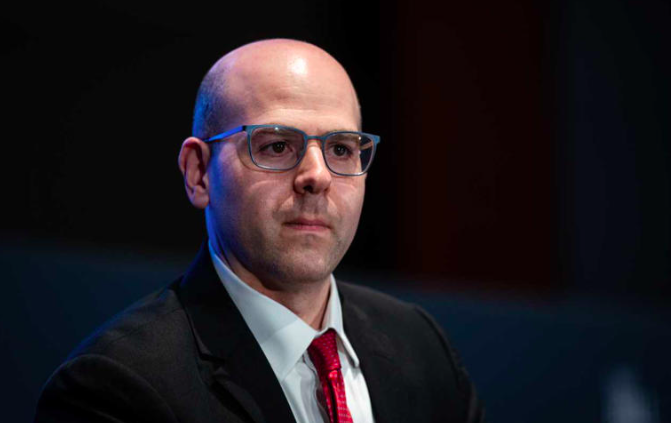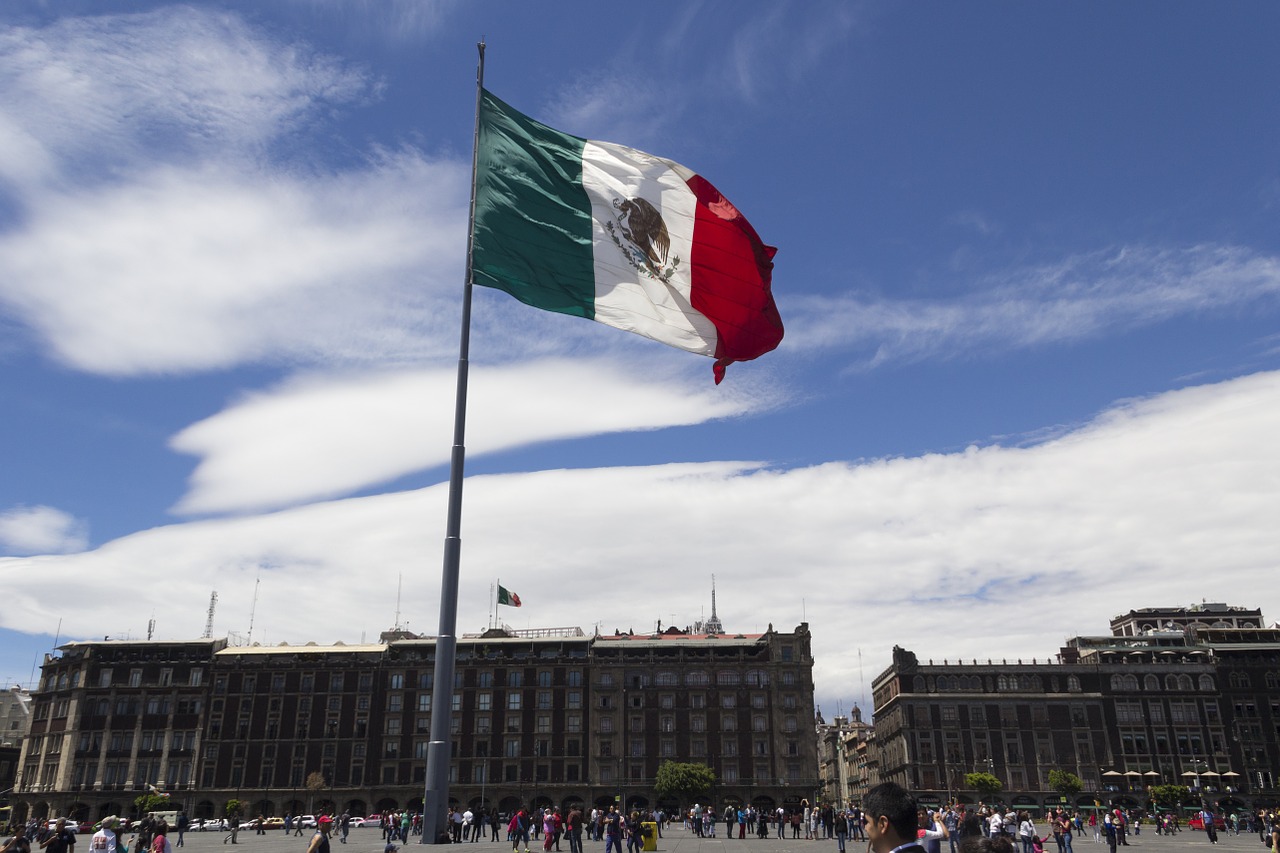Just Weeks Ago, Through the Truth Social Platform, U.S. President Donald Trump Announced the Appointment of Stephen Miran as a New Member of the Federal Reserve Board of Governors (Fed) Following the Resignation of Adriana Kugler
Miran will temporarily assume this position only until January 31, 2026. This appointment covers the period while a successor is selected for Jerome Powell, whose term as Fed Chair ends in May 2026.
So, who is Stephen Miran? Until now, Miran held the position of Director of the Council of Economic Advisers (CEA), to which he was appointed by Trump in December 2024. According to analysts, he is considered the architect of Trump’s reciprocal tariff policy and the promoter of a plan called the “Mar‑a‑Lago Accord,” aimed at countering the overvaluation of the dollar and restructuring the global trade system. Additionally, he has been one of the most vocal critics of the Fed’s independence and has made numerous proposals, such as shortening the terms of Fed governors or changing the way they are appointed.
Key Ideas: Dollar and Bonds
Regarding Miran, Gilles Moëc, Chief Economist at AXA, notes that his essay on how to distort the global monetary system to better serve U.S. economic interests is highly insightful for understanding his views. “In it, he outlines several ways to provoke a depreciation of the dollar without causing a drop in demand for U.S. assets, which would otherwise lead to rising interest rates in the U.S. and, eventually, an economic slowdown, further complicating the already complex budget equation,” he states.
In this context, Moëc summarizes that Miran’s idea is that, under a “Mar‑a‑Lago Accord”—inspired by the Louvre and Plaza Agreements of the 1980s, when Europe and Japan coordinated efforts to devalue the dollar—foreign central banks would agree to shift their reserves into very long-term or even perpetual U.S. Treasury bonds. This would limit long-term interest rates, while private investors would exit the U.S. market in anticipation of the dollar’s depreciation.
“Miran himself emphasizes how unlikely it would be for Europeans to accept such a measure and therefore introduces a coercive dimension: long-term investment in U.S. debt would be the ‘compensation’ Europeans pay to avoid tariffs and benefit from Washington’s continued military protection. However, and this is a point Miran raises without resolving, a significant problem is that European investments in the U.S. are mainly the result of countless decentralized decisions made by private actors: real-economy companies for direct investment, and asset managers and institutional investors for portfolio flows.”
According to Moëc, Miran’s essay proposes another “worrisome” idea: the possibility of taxing the interest paid on Treasury securities to non-resident investors. In his view, this would likely drive them away from the U.S. bond market, but given the difference between the amount of central bank reserves and the U.S. assets held by private investors, “the net effect on the overall cost of U.S. financing could be dramatic for the health of the U.S. economy.”
“In short, the current U.S. approach to its trade and financial relations with Europe aims to improve a situation already highly favorable to the United States. There is a limit to how far American interests can be pursued through coercion. Europeans may come to see the macroeconomic cost of maintaining a close political and defense relationship with the U.S. at all costs as too high, making other geopolitical options more acceptable,” he concludes.
The Fed and the FOMC
The second assessment from experts is that Miran’s arrival at the FOMC will generate some conflict due to his view that the dollar is overvalued and that the U.S. trade balance cannot be rebalanced as a result. “He believes that, to secure the financing of U.S. public finances, other countries could be made to purchase very long-term Treasury bonds. This likely came up during tariff negotiations. I’m thinking, for example, of the $600 billion from the European Union and $550 billion from Japan, which Trump wants to use at his discretion,” says Philippe Waechter, Chief Economist at Ostrum AM (a Natixis IM affiliate).
According to his analysis, for the Fed, a fall in the dollar would trigger an inflation shock that would add to the impact of tariffs and, in such a case, the Fed would need to raise its policy rate. Moreover, if a “Mar‑a‑Lago Accord” were perceived by investors as credible, it could trigger significant capital outflows from U.S. markets; if not, any drop in the dollar would be seen as an opportunity. For Waechter, “the power struggle between Powell and Miran will be crucial for everyone. The risk is that U.S. monetary policy becomes subject to White House directives. That would be a disaster.”
A similar warning comes from Muzinich & Co: “Personnel changes matter less for the short-term path of official interest rates—which markets still expect to trend lower—than for the issue of institutional independence. Trump’s repeated public criticisms of Powell, calling him ‘too slow’ and an ‘idiot,’ among other insults, keep alive the possibility of a leadership transition at the Fed aligned with the administration’s more interventionist economic stance.”
In this context, Enguerrand Artaz, strategist at La Financière de l’Échiquier (LFDE), adds that “the Fed’s independence has come under attack, and the central bank’s communication is going to be complicated over the coming months.” For Artaz, this situation is part of a broader institutional dynamic: “The functioning of U.S. institutions has been weakened during the early months of Trump’s term.” This structural weakening is accompanied by “enormous uncertainty regarding its impact on growth and inflation.”
The outcome of Powell’s succession will mark a dividing line between two conceptions of the Federal Reserve’s role: as a technical guarantor of macroeconomic stability or as a political tool serving the presidential agenda, he concludes.




